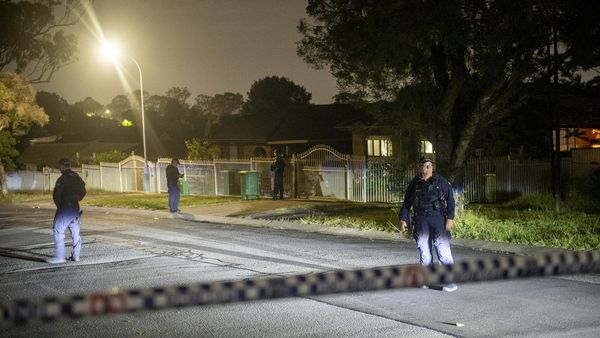
British Summer Time (BST) begins once again at 1.00am on Sunday 27 March, when you are obliged to put your clock forward by an hour to 2.00am. Not only do you lose an hour’s sleep, you also get to spend thirty minutes once you are awake on a Sunday morning trying to work out how to change the clock on the microwave and the washing machine if you have them.
The ritual owes its origins in the UK to the first world war. The annual hourly changing of the clock was first established in the UK more than 100 years ago under the Summer Time Act 1916, with the thought that lighter evenings might preserve fuel for the war effort.
In the debate in parliament about introducing it at the time, Henry Petty-FitzMaurice, the Marquess of Lansdowne, made reference to Benjamin Franklin, who had, half-jokingly, proposed a type of daylight saving time while living in Paris. There, in 1784, Franklin observed that the sun had risen much earlier than his Parisienne acquaintances. He argued they would save money on candles if they opted for earlier mornings rather than continue to enjoy their later nightlife.
It would have been impossible to introduce daylight saving time on this side of the channel that early though, as the UK didn’t even have legal standardised time until 1880. Prior to that date, people calculated when noon was locally, and worked from that, but the introduction of railways and their timetables made ultra-local timezones confusing.
The UK currently seems slightly isolated on the issue, in that there are no plans afoot to abolish the practice. The European parliament has voted to scrap mandating it at an EU level, leaving it up to national governments to decide whether to continue it.
The US Senate has unanimously approved a measure that would make daylight saving time permanent across the United States next year, although the Sunshine Protection Act still needs approval from the House of Representatives and the president, Joe Biden, to come into force. The US first adopted daylight saving time as a wartime energy-saving measure in 1942.
You will eventually get that lost hour back when BST ends this year on Sunday 30 October. It was all a lot easier when we used sundials, but there seems little appetite to change it. As the Marquess of Lansdowne observed in parliament in 1916 of the British people: “We do not like changing our habits, still less do we like changing them under instructions from acts of parliament.”







